Kalyāṇa-kalpataru Overview – Introduction & First Branch
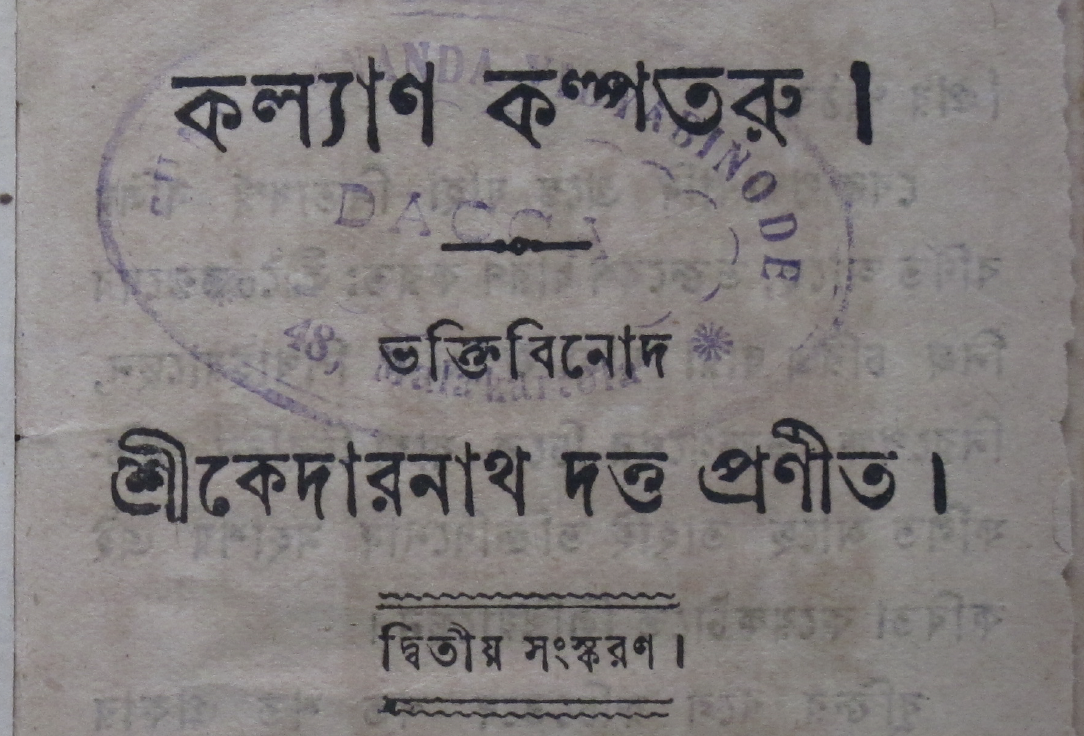
In 2012, I stayed at the Bhaktivedanta Research Centre (BRC) for a week to work on the abridged edition of Śrī Gauḍīya Gīti-guccha. If you're not familiar with it, the BRC is a library run by ISKCON, dedicated to collecting and preserving a vast collection of ancient Vaiṣṇava texts and manuscripts. They acquired the entire personal library (3,500 items) of Sundarānanda Vidyāvinoda, which included all the original works of Śrīla Bhaktivinoda Ṭhākura and Śrīla Bhaktisiddhānta Sarasvatī Gosvāmī Prabhupāda. This invaluable collection was entrusted to them by Śrīpāda Bhakti Bibudha Bodhāyana Mahārāja. They also have some of the original handwritten books of Śrīla Bhaktivinoda Ṭhākura, including the notebook in which he wrote the songs of Gītāvalī and Śaraṇāgatī.
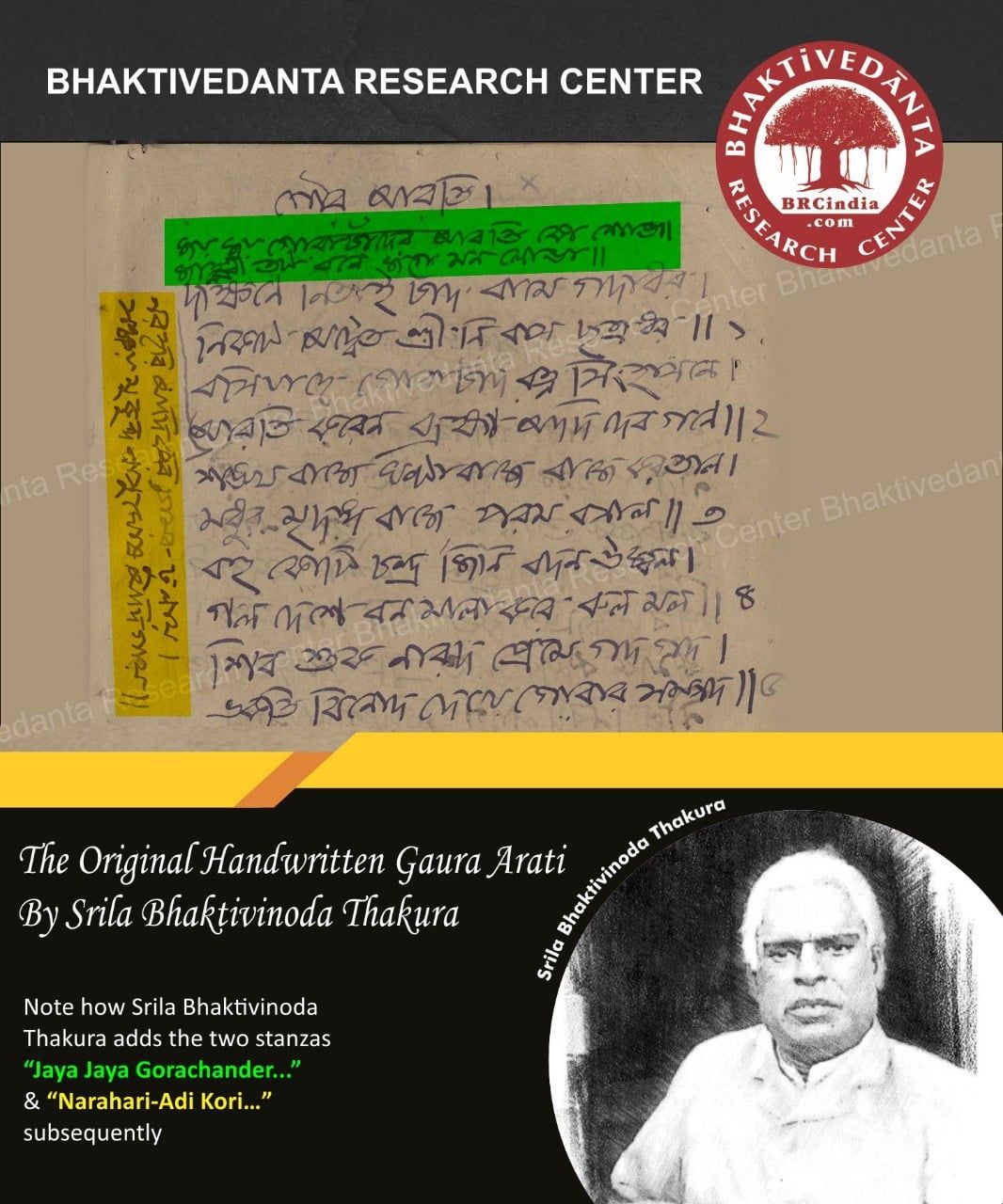
While browsing through many rows of books, I spontaneously picked up a slender volume with a plain spine. When I opened it, to my sheer astonishment and joy, I discovered that I held in my hands the very first printed edition of Kalyāṇa-kalpataru, published in 1880! To my knowledge, this was the first publication containing the songs written by Śrīla Bhaktivinoda Ṭhākura. Śrīla Bhaktisiddhānta Sarasvatī Ṭhākura Prabhupāda, who was then known as Bimala-prasāda, was a mere six years old at the time that the book I was holding was printed.
I turned to the following page and discovered a magnificent preface, perhaps not seen in print since its original publication. In it, Śrīla Bhaktivinoda Ṭhākura expresses his intent behind publishing this book, all the while exemplifying unparalleled humility:
A large portion of my life has been filled with heresy. Indeed, the largest portion of my life has been pilfered by useless speculations and discussion, sensual pleasures, laziness and sleep. Just as from time to time, even in the darkness of an overcast night sky, a flash of lightning can illuminate the world, so too, from time to time, by the grace of the sādhus and Kṛṣṇa, has my wicked life been illuminated by the beaming glance of Bhakti-devī. At these opportune moments, I would impose some mandates upon my mind and pray and make my supplications to the lotus feet of the Lord. Some of these instructions, prayers, and kīrtanas I have compiled and published in this book.
The intention of publishing this book is that the śrī-hari-caraṇa-parāyaṇa Vaiṣṇavas (the Vaiṣṇavas who are intent upon the feet of Śrī Hari), reading my prayers, may cast their merciful glance upon me. Thus there would remain no doubt as to whether I will qualify to receive the grace of Śrī Nanda-nandana. For the destitute (akiñcana), there is no other strength than the mercy of the Vaiṣṇavas.
The extremely fallen and lowly,
Śrī Kedārnātha Datta
(Translation by Chandrashekhar das. See original Bengali.)
It appears that he had not yet received the name Bhaktivinoda when this book was published, as he concludes the songs with "Kedaranātha" or "Kedara." For instance, in "Gopīnātha Mama Nivedana Śuno," it ends with "kedāra thākibe bosi'" instead of "vinoda thākilo bosi'."
The structure of Kalyāṇa-kalpataru (62 songs)
In his Śrī Upadeśāmṛta, Śrīla Rūpa Gosvāmī provided a fully complete guide that takes us from the initial stages of sādhana, in which we're grappling with the urges of our senses, all the way to the highest attainment: finding refuge at Śrī Rādhā-kuṇḍa. Śrīla Bhaktivinoda Ṭhākura, being a topmost rūpānuga, leads us through the same journey by granting us secret access to the wish-fulfilling tree (kalpataru) of ultimate well-being (kalyāṇa), which remains concealed deep within Vaikuṇṭha's forest of auspiciousness.
This tree has three branches: Upadeśa (instruction), Upalabdhi (realization), and Ucchvāsa (overflowing emotion). Each branch gradually takes us towards achieving the ultimate divine fruit of kalyāṇa. This is all described in the book's introductory verses:
ayaṁ kalpa-taror nāma / kalyāṇa-pādapaḥ śubhaḥ
vaikuṇṭha-nilaye bhāti / vane niḥśreyasāhvake (5)
বৈকুণ্ঠে নিঃশ্রেয়স্ কাননে এই কল্যাণ-কল্পতরু নিত্য বিরাজমান।
In Vaikuṇṭha, within the forest of ultimate welfare (niḥśreyasa), this Kalyāṇa-kalpataru is eternally resplendent.
tasya skandha-trayaṁ śuddhaṁ / vartate viduṣāṁ mude
upadeśas tathā copalabdhis tūcchvasakaḥ kila (6)
ঐ তরুবরের প্রধান তিনটী স্কন্ধ বিদ্বজ্জনের আনন্দ বৃদ্ধি করিতেছে। উক্ত স্কন্ধত্রয়ের নাম উপদেশ, উপলব্ধি এবং উচ্ছ্বাস।
This tree has three main branches, which increase the bliss of the wise: Upadeśa (instruction), Upalabdhi (realization), and Ucchvāsa (overflowing of emotion).
āśritya pādapaṁ vidvān / kalyāṇaṁ labhate phalaṁ
rādhā-kṛṣṇa-vilāseṣu / dāsyaṁ vṛndāvane vane (7)
কল্পতরু আশ্রয় করিলে কল্যাণরূপ ফল লাভ হয়। বৈকুণ্ঠ-নিলয় অন্তঃপুরস্থ বৃন্দাবন নামক অপ্রাকৃত কাননে রাধাকৃষ্ণের বিলাস-কার্য্যে নিত্য দাস্যই উক্ত কল্যাণ।
By taking shelter of this kalpataru, a wise person attains the fruit of kalyāṇa (auspiciousness), which is exclusive, eternal servitude to the pastimes (vilāsa) of Śrī Śrī Rādhā-Kṛṣṇa in the transcendental forest of Vṛndāvana – the innermost, secret portion of the abode of Vaikuṇṭha.
The first branch – Upadeśa
Upadeśa refers to instruction, counsel, or advice. Within this collection of nineteen songs, Śrīla Śrīla Bhaktivinoda Ṭhākura imparts strong, incisive guidance to the mind, identifying the specific weaknesses and challenges it faces.
After the first printing the complete Kalyāṇa-kalpataru, Śrīla Bhaktivinoda Ṭhākura printed a second edition seventeen years later (Caitanyābda 415) with only the songs in this first branch. The following is written on the first page of that edition:
Dear reader,
What is delineated in the Vedas, Purāṇas and other such scriptures as one’s eternal function (nitya-dharma), what Śrī Caitanya-deva imparted to the world through His own life and character while adopting the role of a devotee, and what is eternally reflected in the hearts of renounced devotees (nirapekṣa-bhaktas)—it is this that Śrīla Bhaktivinoda Mahāśaya has penned in this small collection of poems.
According to peoples’ reasoning and inclinations, hundreds of inconsistent or hostile conclusions and practices are invented. But do any of them remove one’s thirst for material enjoyment? For this reason, I say, cool your burning heart by just once coming under cooling shade this wish-fulfilling tree with sincerity.
The publisher
Below are translations of the initial lines of a few songs to provide you with a glimpse into the contents of this section.
- “O mind, you love the waves of lust.” (Mana, Tumi Bhālobasa Kāmera Taraṅga) –Song Two
- “O mind, why do you have these doubts?” (Mana, Tava Keno E Saṁsaya?) –Song Five
- “O brother mind, why do you want to become formless brahma?” (Ohe Bhāi, Mana Keno Brahma Ha’te Cāya?) –Song Eight
- “Why, O mind, do you harbor such arrogance regarding your social status?” (Mana re, Keno Āra Varṇa Abhimāna?) –Song Nine
- “O mind, why do you take such pride in your knowledge and learning?” (Mana re, Keno Karo Vidyār Gaurava?) –Song Ten
- “O brother, what is the reason for this vanity related to physical beauty?” (Rūpera Gaurava Keno Bhāi?) –Song Eleven
- “O mind, the intoxication of wealth is completely worthless” (Mana re, Dhana-mada Nitānta Asāra) –Song Twelve
- “O mind, why do you want to disguise yourself as a sannyāsī?” (Mana, Tumi Sannyāsī Sājite Keno Cāo?) –Song Thirteen
- “O mind, you are always enamored with [going to] places of pilgrimage.” (Mana, Tumi Tīrthe Sadā Rata) –Song Fourteen
[Note: During our daily Caitanya-bhāgavata reading this morning, we stumbled upon this kirtan in Śrīla Sarasvatī Ṭhākura's Gauḍīya Bhāṣya for Ādi-khaṇḍa 17.50. You can see it here.] - "Why, O mind, do you dance with lust as if it’s divine love?” (Keno Mana, Kāmere Nācāo Prema-prāya?) –Song Nineteen
After following the guidance provided in Upadeśa, we will be prepared to progress to the following branch, Upalabdhi, where we begin to gain some realization and understanding of the goal and the means to attain it. We will explore the songs of that section next Ekādaśī.
Aspiring to please Śrīla Gurudeva and the Vaiṣṇavas,
-Madhukar das
Ps. After looking through these songs, I can't stop thinking about the possibility of organizing a two-month program in which we go through these kirtans daily, one by one. Maybe after Gaura-purnima, when we’ll need to start translating them for the unabridged edition of Gauḍīya Gīti-guccha. If we were to do that, would you be interested to join?
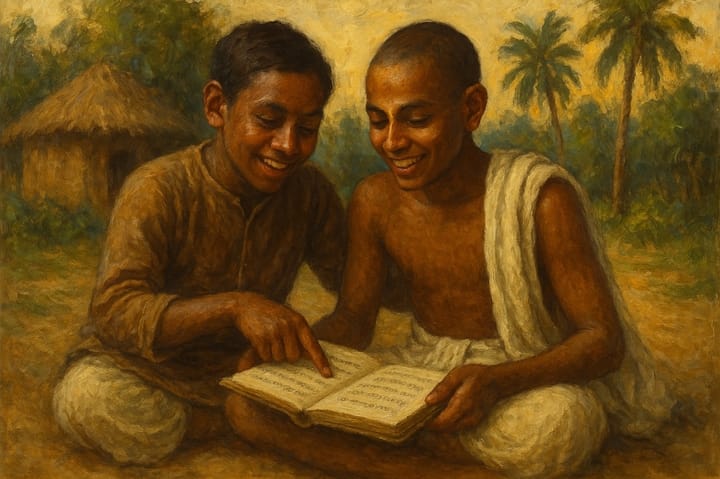
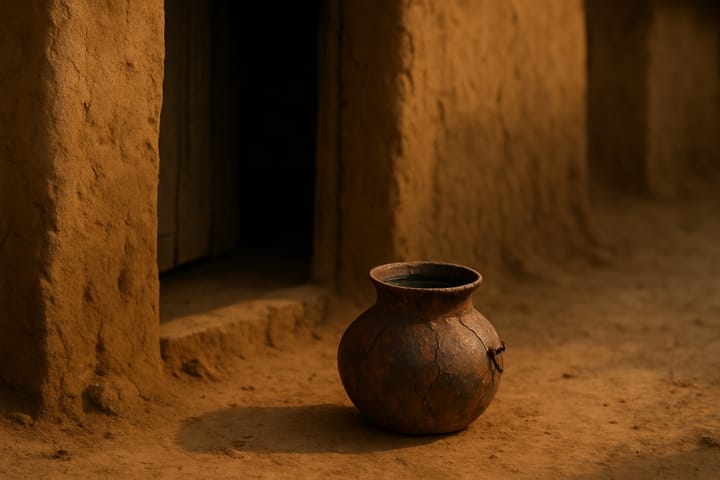
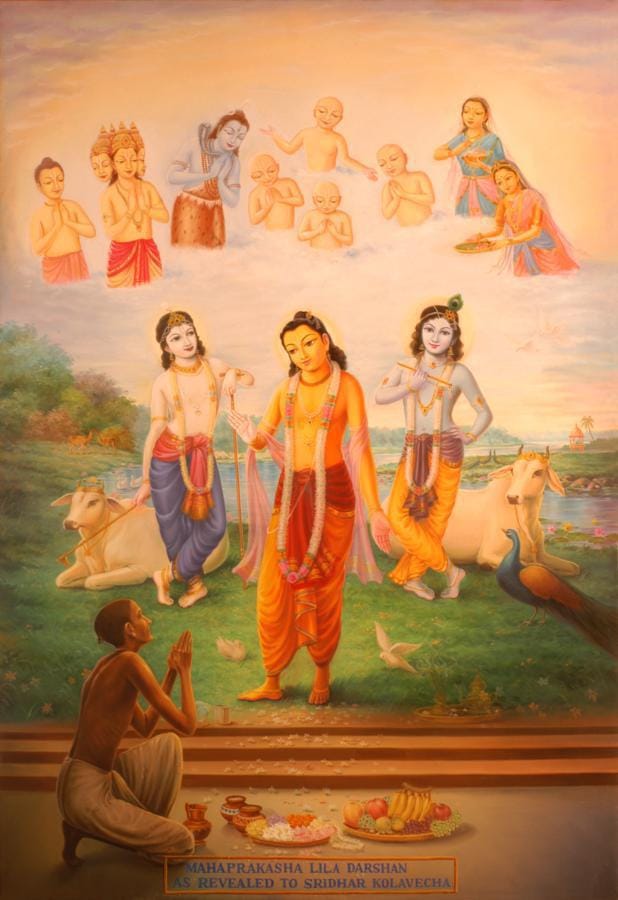
Comments ()